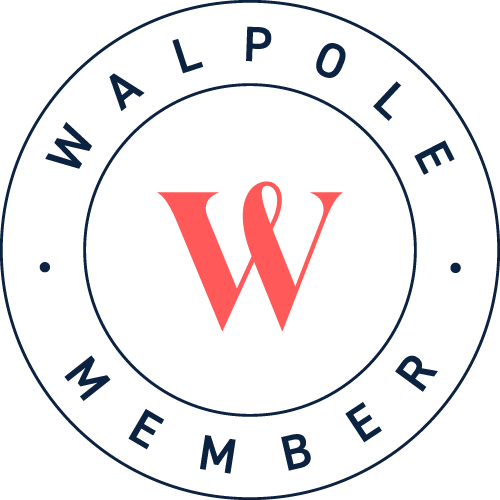Benefits of Laser-Cutting

When it comes to creating minutely detailed designs that give a piece of print real wow factor, no other technique matches the elegance and precision of laser-cutting.
Thanks to this remarkable technology, designs of incredible complexity can be translated into print – making it a favourite of the Downey design team. It might be an intricately patterned lid of a box, a floral flourish on the edge of an invitation or even a pop-up 3D paper structure – laser-cutting opens the door to a host of possibilities, both tactile and aesthetic.
Using a CNC (computer numerical control) programme, almost any design can be translated into a series of instructions for the laser-cutting machine, which uses a concentrated beam of light to burn through the surface of the material, cutting lines with a degree of precision unattainable with any other method. Furthermore, because the process is entirely computer-controlled, the design can be perfectly replicated again and again. The result is a wonderfully detailed pattern as delicate as fine lace, elevating an item of stationery to the level of art.
As anyone familiar with the work of artist Rob Ryan can confirm, cut-out effects are also an exceptional way of lending impact to text. As long as care is taken over the design of the letterforms or choice of typeface (laser-cutting will remove the counters of letters such as ‘o’, ‘a’, and ‘d’, unless joins are left in), the technique can introduce depth, texture and decorative flair to the written word – highly effective in something such as a wedding invitation.
With no need for die plates or other tooling, and with manual labour limited to the design stage, laser-cutting can be surprisingly simple to implement – the most time-consuming element of the process is the design and planning stage, and the greater the intricacy or the more layers involved, the greater the need for meticulous planning and testing.
Of course, no technique is without its risks or challenges, and there are various considerations to bear in mind when incorporating laser-cutting into a print project. Most significantly, the intense heat of the laser can leave burn marks on the cut edge – an effect that can be alleviated with the selection of darker coloured materials or adjusting the thickness of the card. There can be structural issues, too; laser-cut stationery is inherently more fragile than solid card or paper, requiring extra care when packing and shipping. Here at Downey, our team are adept at managing the balance between delicacy of design and structural integrity of the finished product, allowing us to produce exceptional bespoke pieces such as Patek Phillipe’s laser-cut invitation envelopes (thus creating a neat parallel between the accuracy and precision of the master watchmaker with the intricacy and surgical focus of the technique itself); Nespresso’s leaf-patterned Bafta menus; and any number of exquisitely detailed wedding invitations.
Ideal for brands and events looking to communicate a creative edge to their stationery, or seeking to introduce an element of theatre into their packaging, laser-cutting is an efficient way to create something memorably elegant. Furthermore, the relative simplicity of the process itself means Downey can easily combine laser-cutting with a host of other processes – such as embossing, die-cutting and foil blocking – to create outstanding and unique pieces of print.
Discover more about laser cutting by Downey from our service page here. We produce the finest-quality laser cut invitations and stationery, so view more of our work on this here.
Tuesday, 6th February, 2018


